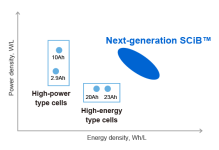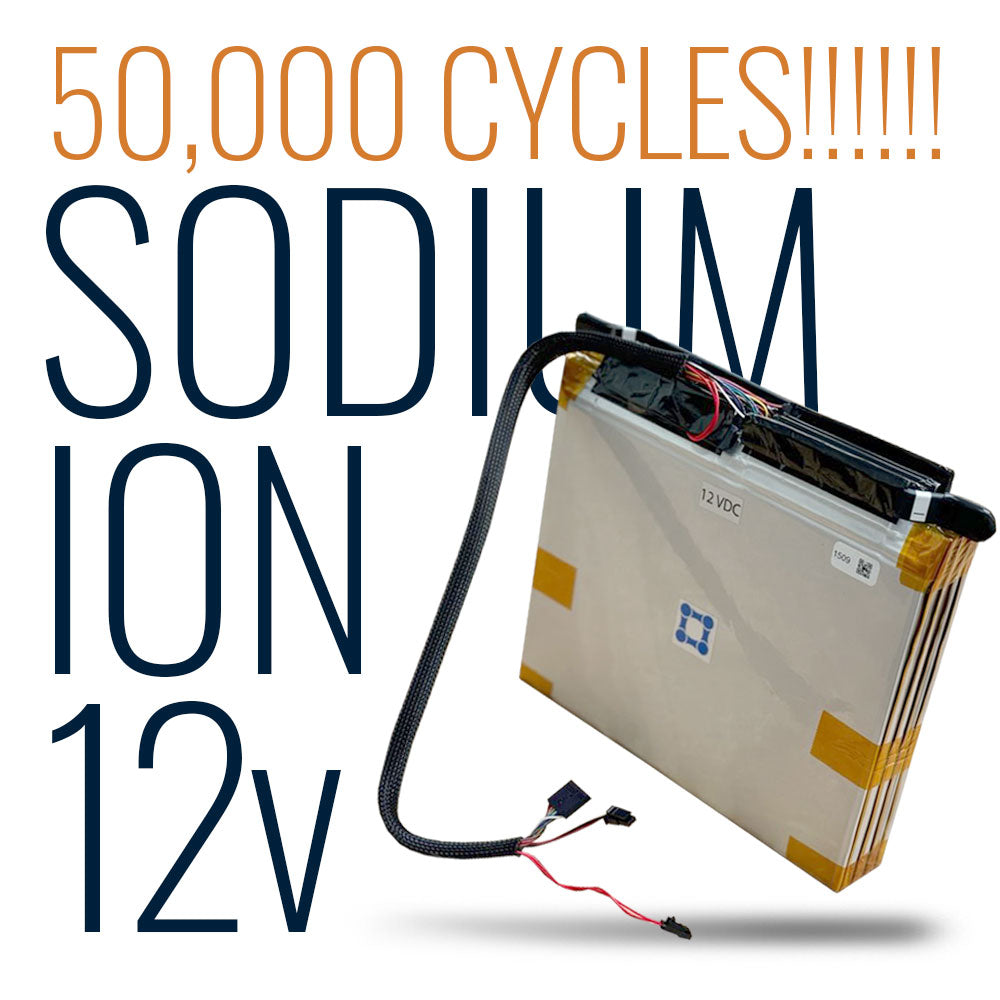You need to find a better battery supplier if that is the level of his advice and knowledge !
I was very surprised at his level of advice and knowledge.
His pros/cons for each option lined up with we know about lithium batteries.
The dealbreaker was how lithium batteries respond to being fully discharged if i accidentally left the lights on or something. A SLA can be revived without much damage, just jump start the car. A lithium battery can have a number of failure states preventing that from happening & result in a tow or a purchase of a lead acid battery.
Li starter batteries have been factory fitted in some european cars for over 10 years !
And why dont you check yourself ,.. a simple google search will throw up dozens of replacement 12v Li car batteries !
This is just one example, but there are many other cheaper options
iTECH1420CA Lithium Car Battery 12V Stop Start 1420amp 60Ah
and this shows the presence of BMS and temp protection in even the cheapest 12v battery
(note.. this is only a 100a discharge battery )
Not the case here in the USA.
Spent 2 days trying to find a lithium battery that:
- Specified cold cranking amps, so i could be sure my car would start in the worst case winter scenario. Almost no batteries specified this.
- Was from a brand that'd been around for a while, had long warranties, and listed all relevant specs instead of hiding the not so great ones.
- Could prove the engineering of the BMS/etc was good.
- Had equal cold cranking amps but was lighter than the 21lbs SLA.
- Didn't cost 10x more than a regular lead acid replacement.
This is the closest i got to that, but, it can't take a >80A charge, and my alternator is 100A, so i think that's pushing the battery too hard.
DL+ 12v 60Ah Dual Purpose 1000CCA Starter Battery Plus Deep Cycle Performance
We could buy it's bigger brother:
DL+ 12v 135Ah Dual Purpose 1000CCA Starter Battery Plus Deep Cycle Performance
But it's heavier than the lightweight SLA, and i don't have any use for this huge capacity at the moment..
So, SLA it is for now. Will probably pick lithium as my next battery though.
Last edited:





